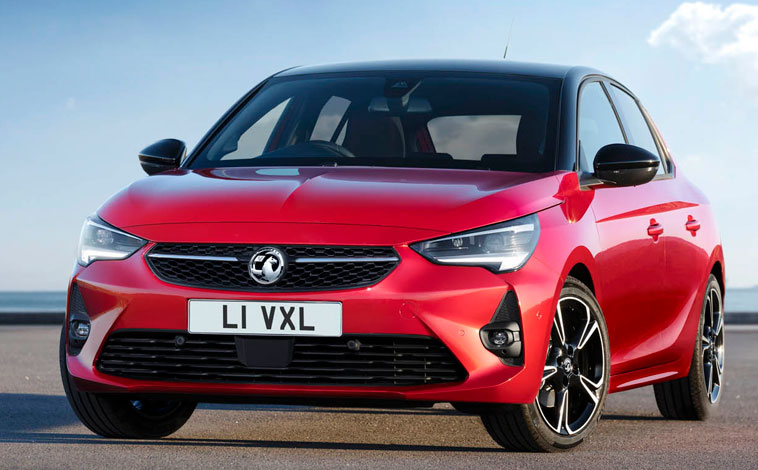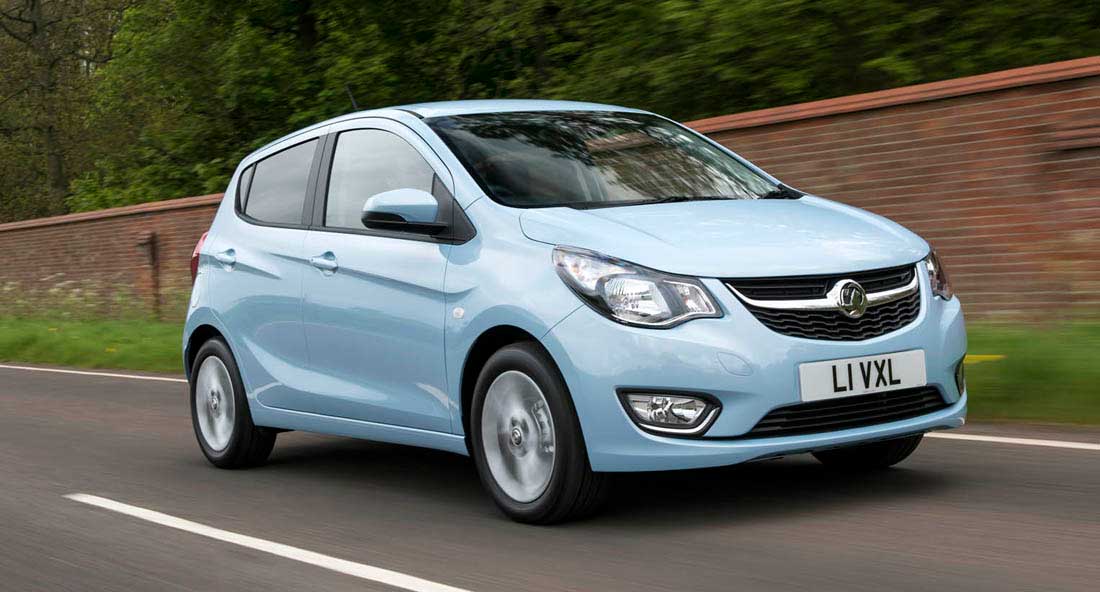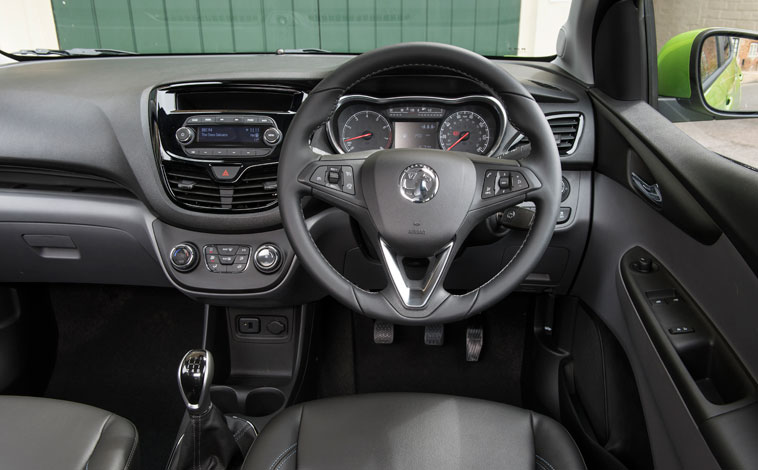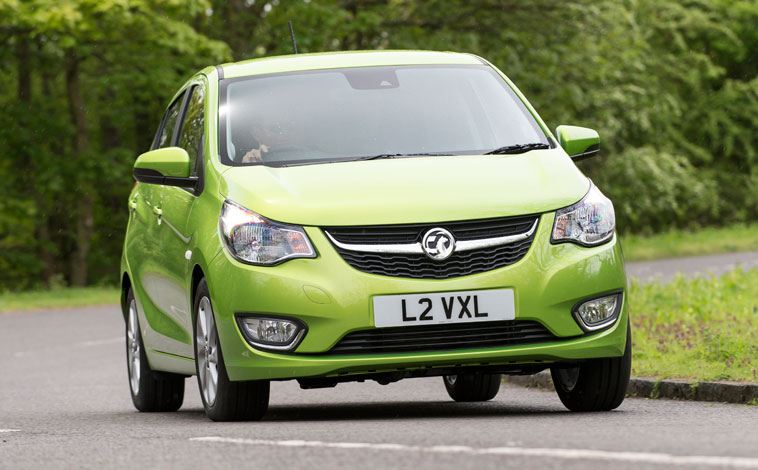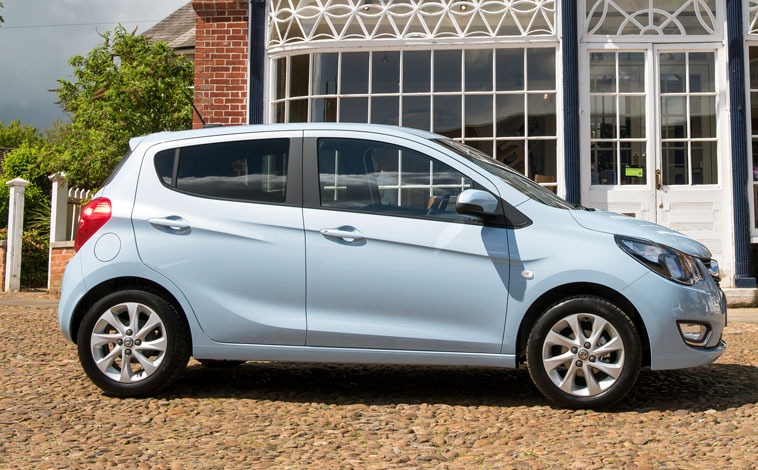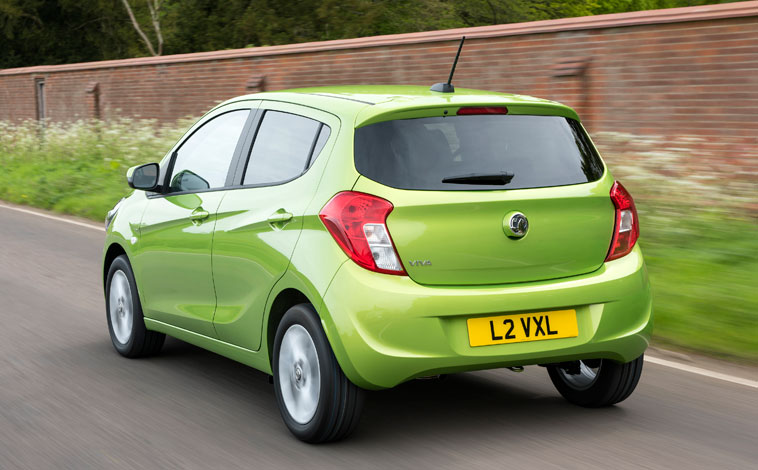
Vauxhall
Viva
It was back in the sixties that the Vauxhall Viva was unleashed – now it makes a long-awaited return. Offering value-for-money motoring and lots of technology as standard, the Viva is a welcome “newcomer” to the city car scene.
The good
Value, handling and economyThe bad
Competitive segment to challenge inTech Specs
Test Drive
Vauxhall Viva – first drive
It was back in the swinging sixties that Vauxhall first introduced its Viva model to the awaiting masses and now more than 50 years later the car has been resurrected.
It still offers no-nonsense, value-for-money motoring and the latest five-door hatchback Viva models are competitively priced from £7,995 to £9,495. It is available with just one engine – a 1.0-litre three-cylinder petrol variant that can deliver up to 65.7mpg with carbon emissions of 99g/km.
But buyers can select from four models with two well-equipped trim levels – SE and SL.
The Viva is the latest model in Vauxhall’s line-up to feature the company’s sculptured, precise design philosophy with flowing lines.
There are also some other clues to the car’s heritage with flutes at the edge of the bonnet along with a pronounced central line towards the nose, completed by daytime running lights and Vauxhall’s trademark grille.
It features large headlights and taillights and is available in 10 colours with a variety of 15 or 16-inch wheels.
Models are equipped with an impressive range of creature comforts with the entry-level SE cars boasting the likes of daytime running lights, steering wheel-mounted audio controls, cruise control with speed limiter, a good sound system with aux-in, electric front windows, speed sensitive power steering with City Mode and lots more besides.
The test model was the range-topping SL which added the likes of electronic climate control, Bluetooth music streaming, six speakers, a leather covered steering wheel, a USB connection, tinted rear windows and 15-inch alloys.
This particular model costing £9,495 (£10,040 with metallic paint option) can sprint to 60mph from a standing start in 13.1 seconds and has a top speed of 106mph. According to official figures it can achieve combined fuel economy of 62.8mpg with carbon emissions of 104g/km.
First impressions are vital and the Viva looked striking thanks to its snazzy bright green paint which helped it stand out from the crowds.
Another factor that impresses is how spacious the car is. Despite its relatively compact dimensions, there is ample room for two adults in the back (three at quite a squeeze) and the boot, whilst not massive in size, can easily accommodate the weekly shopping or a couple of small suitcases. The storage capacity of 206 litres can be increased to 1,013 litres with the rear seats folded flat.
The interior is simplistic in its design and the build quality is well finished with all dials, controls and instrumentation perfectly positioned for ease of use.
There’s nothing flashy about the Viva – it’s a real case of what you see is what you get and that thought process is like a breath of fresh air in an industry that is bursting with optional extras, personalisation packs and all manner of pricey bells and whistles.
That said, the Viva is a great performer and although it’s definitely best suited to city driving with its great all-round visibility, light steering and smooth gear changes, the car can still hold its own out on the open road.
Admittedly, long steep inclines do prove a slight problem and changing down through the gears is necessary to maintain any real momentum but that aside the Viva coped well with sweeping country lanes.
The road-holding is good and in general the car’s insulation manages to block out most of the road surface or wind noise along the way.
However the engine pitch does increase considerably if the three-cylinder powertrain is pushed particularly hard but is as quiet as a mouse in and around town where the car whizzes along weaving through the busy traffic with ease.
Vauxhall has ensured all Viva models are packed with a comprehensive range of safety features, including anti-lock brakes, electronic stability programme, a tyre pressure monitoring system, traction control, lane departure warning system, numerous airbags and plenty more.
So all in all, the Viva is definitely a welcome addition to the city car scene, joining its ADAM and Corsa stablemates.
But in true Viva tradition it is a vehicle clearly defined by its value, styling, size and functionality – it’s a clear reminder that a blast from the past is not always a bad way to move forward.
Latest Related NEWS
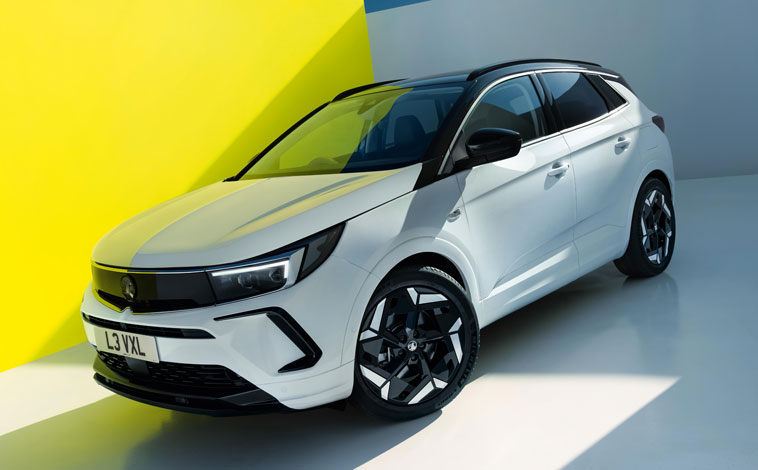
Top performance from Grandland PHEV
Vauxhall has revealed the new Grandland GSe – a performance electrified version of [...]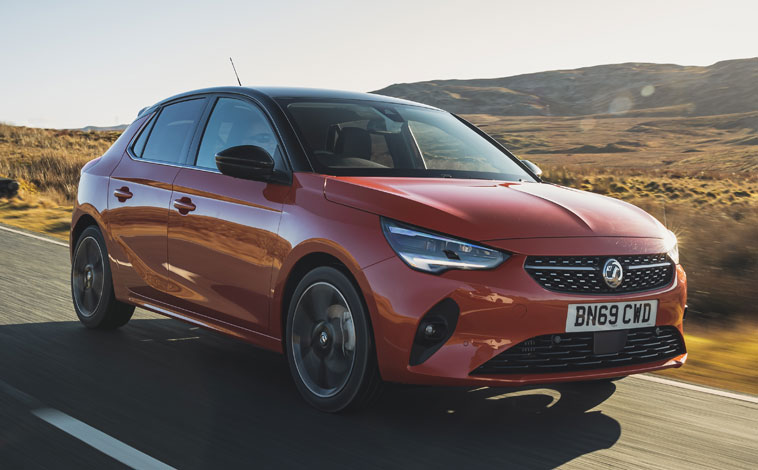
Vauxhall Corsa tops best-selling list
The Vauxhall Corsa remains the UK’s best-selling new car, according to the latest [...]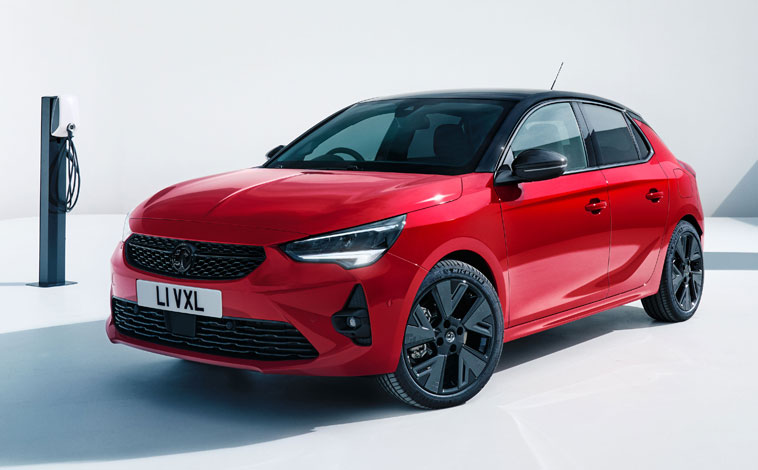
Corsa-e Anniversary Edition is launched
Vauxhall has revealed the new Corsa-e Anniversary Edition to celebrate 40 years of [...]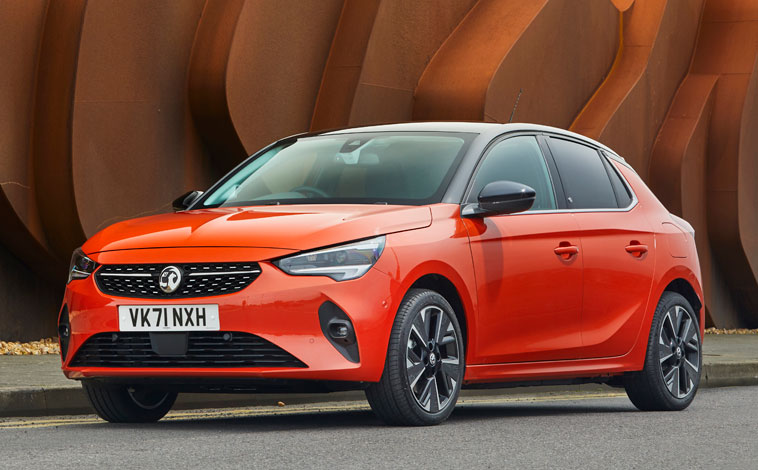
Vauxhall Corsa is UK’s best-selling car
The Vauxhall Corsa has officially taken over as the UK’s best-selling new car [...]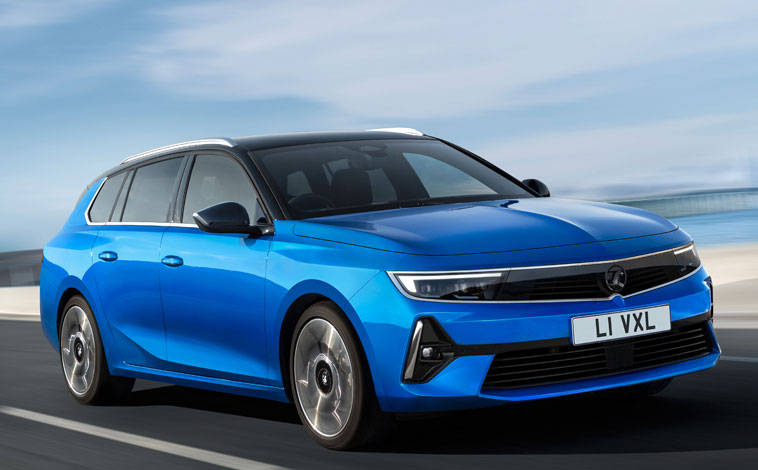
Sports Tourer joins new Astra line-up
Following the world premiere of the next-generation Astra hatchback in September, Vauxhall has [...]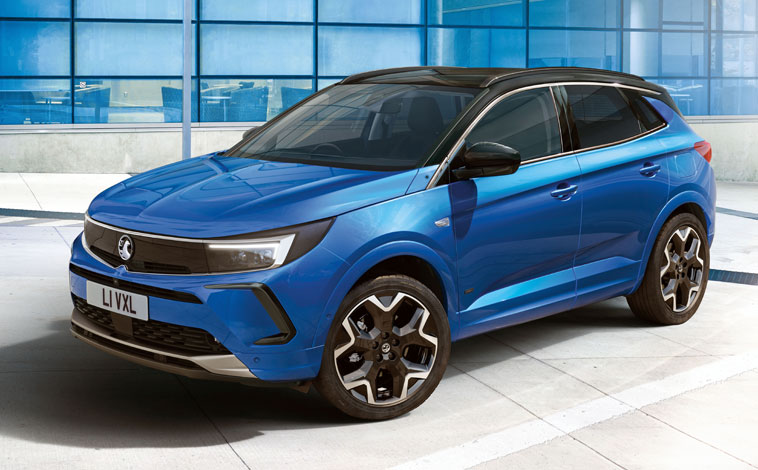
Attractive savings with new Grandland
The new Vauxhall Grandland is available to order now, with full specifications and [...]
Corsa and Corsa-e top the sales charts
The New Vauxhall Corsa is the UK’s best-selling new car so far this [...]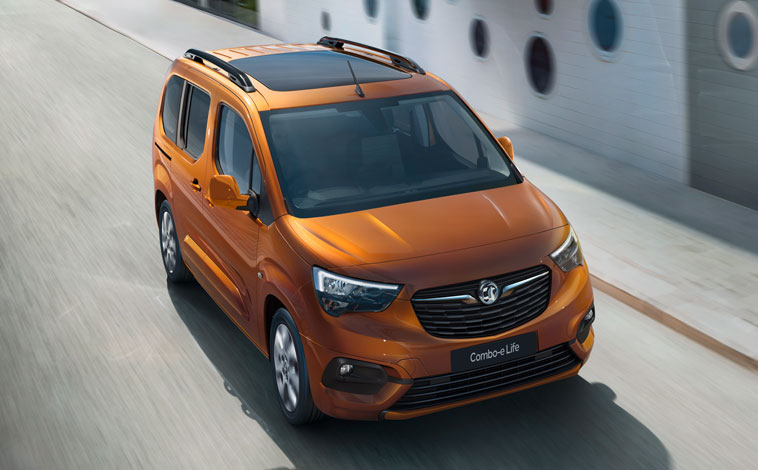
All-electric Combo-e Life goes on sale
The all-new, all-electric Vauxhall Combo-e Life is available to order now, with prices [...]
Vauxhall Corsa is selling fast this year
The new Vauxhall Corsa is the UK’s best-selling car so far this year, [...]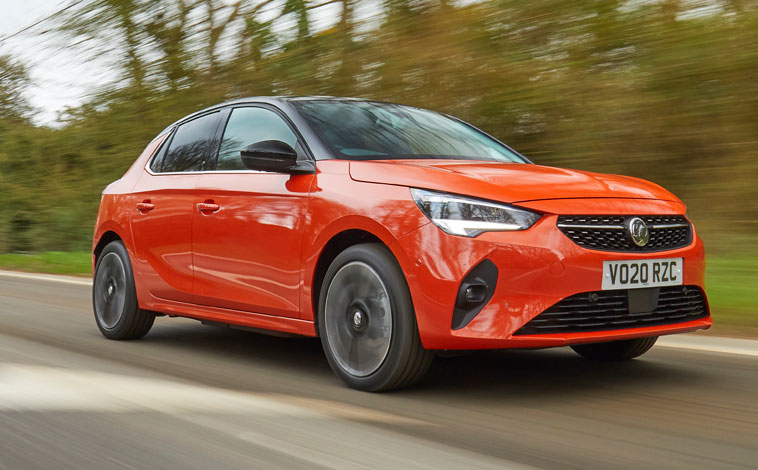
New Corsa proving popular with buyers
The new Vauxhall Corsa is the UK’s best-selling car for the first quarter [...]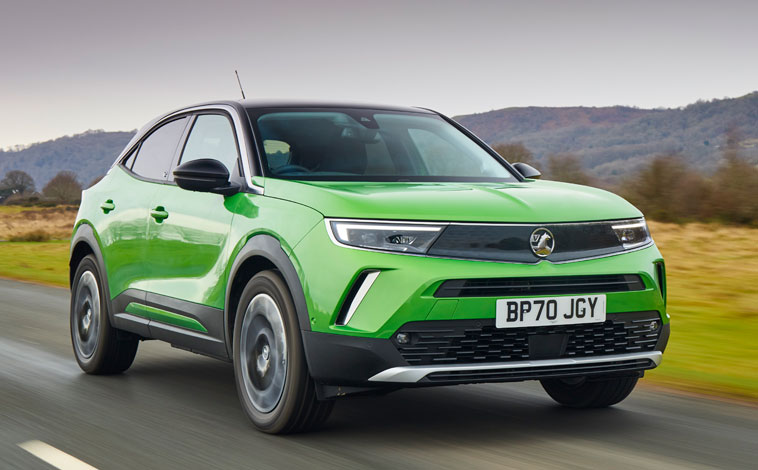
Online Store is a success for Vauxhall
Vauxhall has launched a new, ‘14 Day Return Guarantee’ for vehicles bought via [...]
Tempting deals for Corsa-e customers
Vauxhall is offering new Corsa-e customers a free Home Charging Unit and 30,000 [...]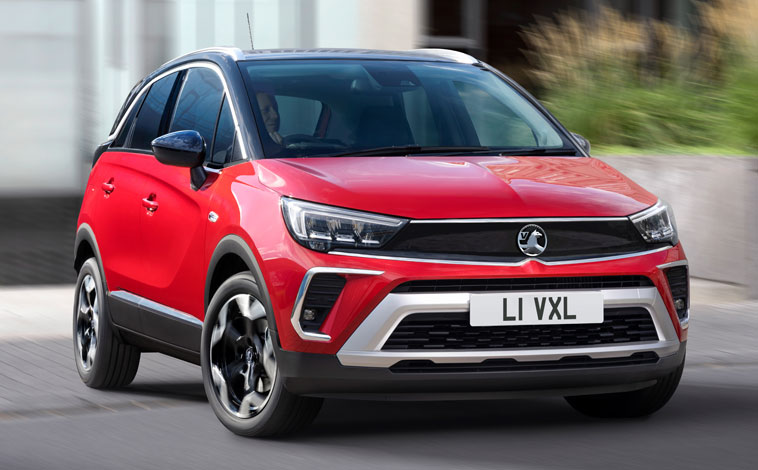
Vauxhall reveals new Crossland prices
Vauxhall has released costs and specifications for the new Crossland with prices starting [...]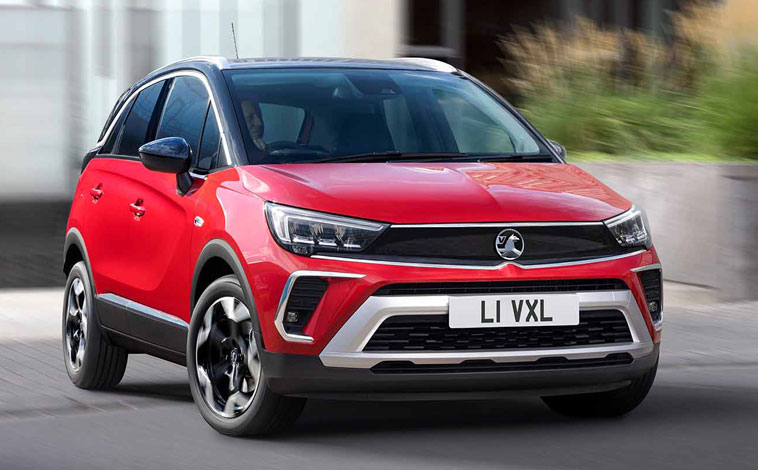
First images of new Vauxhall Crossland
Vauxhall has released the first images of its new Crossland model which show [...]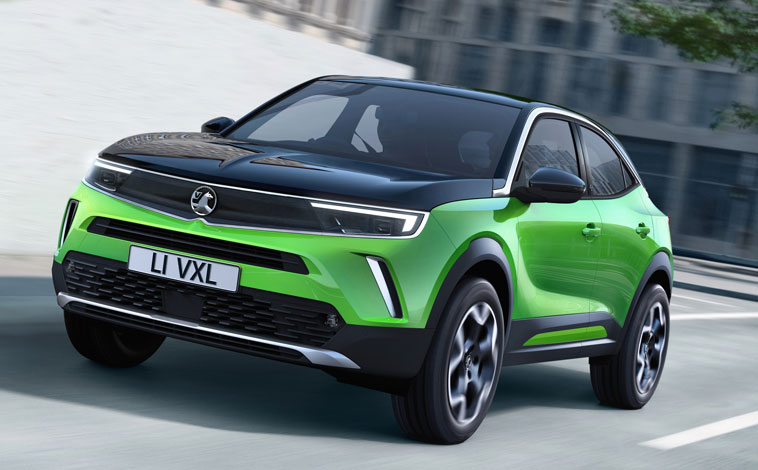
Order books open for the new Mokka
Vauxhall has confirmed prices and specifications for the all-new Mokka and the 100 [...]